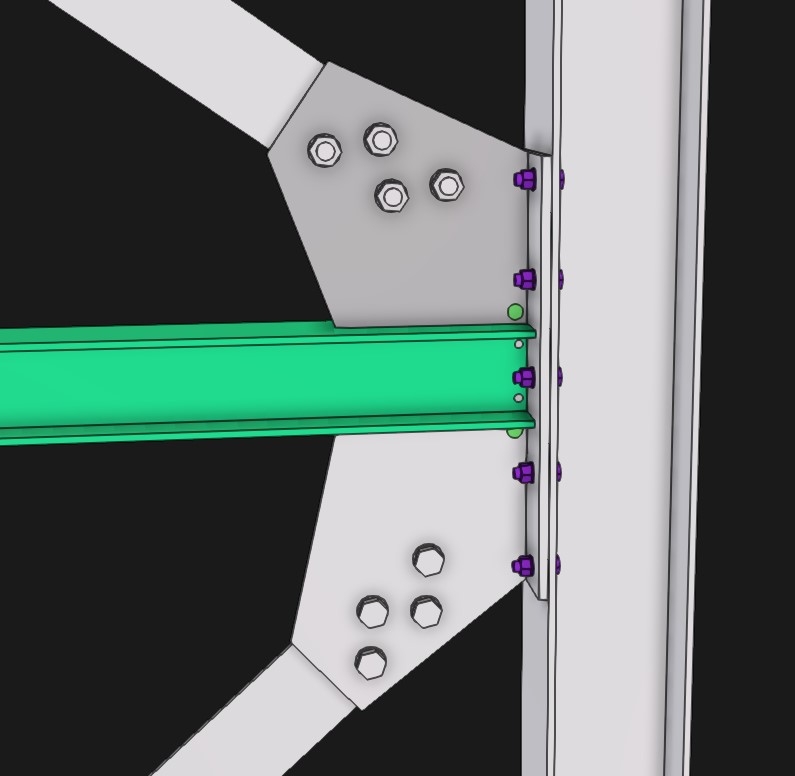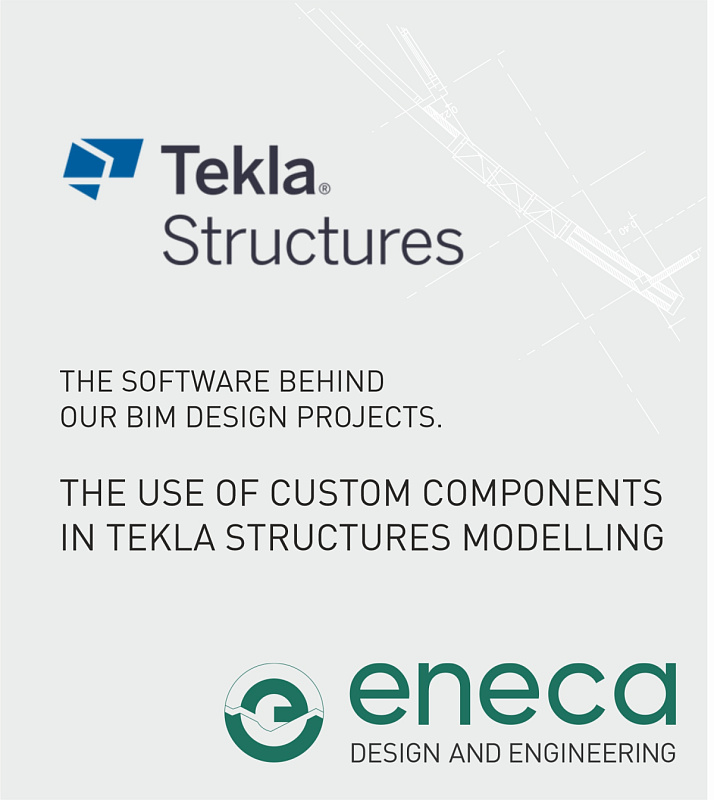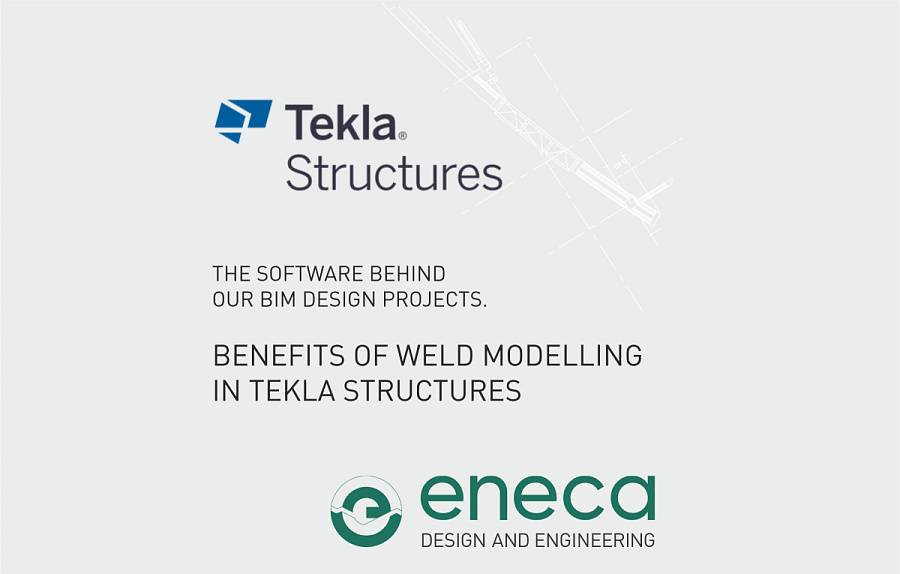Architectural and interior design in 3ds Max: examples, features
3D visualisation is a photorealistic image created using computer graphics. It shows the client how exactly his project will look like in real life. Modern technologies, along with the skills of an architect and a designer, make 3D visualisation so realistic that, sometimes, it is difficult to distinguish it from a photo.
The visualisation of the project will enable you to see real finishing materials, the lighting of the object, distribution of reflections on its surfaces. In fact, 3D rendering can give us a clear idea of the colour appearance of an object, the texture of the wall, floor, etc.
One of the best 3D modelling, animation and visualisation software for design is 3ds Max. It is professional software that has a wide flexible toolkit for creating projects of various shapes and complexity, with the total control of the artistic intent.
3ds Max features:
- High level of image realism
The advanced tools of the software provide an architect and a designer with numerous modelling and rendering options that allow to create high-quality photorealistic images. Thus, 3ds Max enables you to clearly visualise the project and receive high-quality feedback from clients, as well as it helps to correct design errors at the early stages.
- Material, texture and colour editor
The materials add the greatest realism to the scene (their processing, texture, expressiveness of colour). A material in 3ds Max, along with light properties, demonstrates how an object behaves in real life, for example, how an object reflects or transmits the light.
- Physically based lighting
Natural and artificial light sources are modelled and adjusted with the parameters close to real life (colour temperature, light diffusion, power, etc.) to accurately represent the overlap of light and shadow in the projects.
- Physically based visualisation
The physical camera in 3ds Max combines scene framing with exposure control and has such realistic settings, as depth of field, shutter, aperture, and more.
- Scene converter
Ability to create 3D rendering with an optimised and sequential change of materials, cameras, lighting (natural / artificial, day / night scenes), visualisation modules.
- Particle motion effects
Creation of realistic particle effects (e.g. fire, rain, snow), fluid behaviour (e.g. lava, oil, water), and reproduce gravity and collision effects.
- Creation of spherical panoramas and VR tours
3ds Max enables you to render a project for VR (Virtual Reality), giving the client an opportunity to control the angle by himself and study the object from the inside. Thus, the participation effect is created.
- Data import
Ability to import objects from any source, the use of CAD and BIM data to increase the level of detail in 3D projects.
Examples
3D modelling and rendering play an important role in promoting and marketing various ideas of architecture and interior design. ENECA uses 3ds Max software to demonstrate its projects:



















